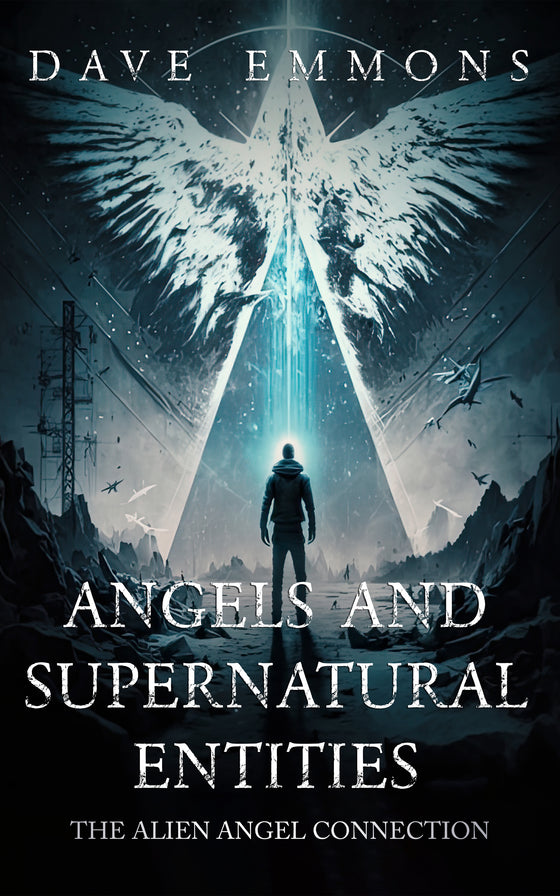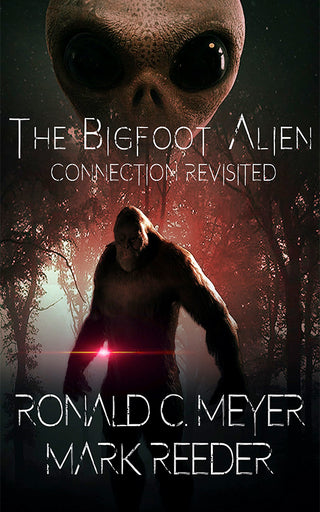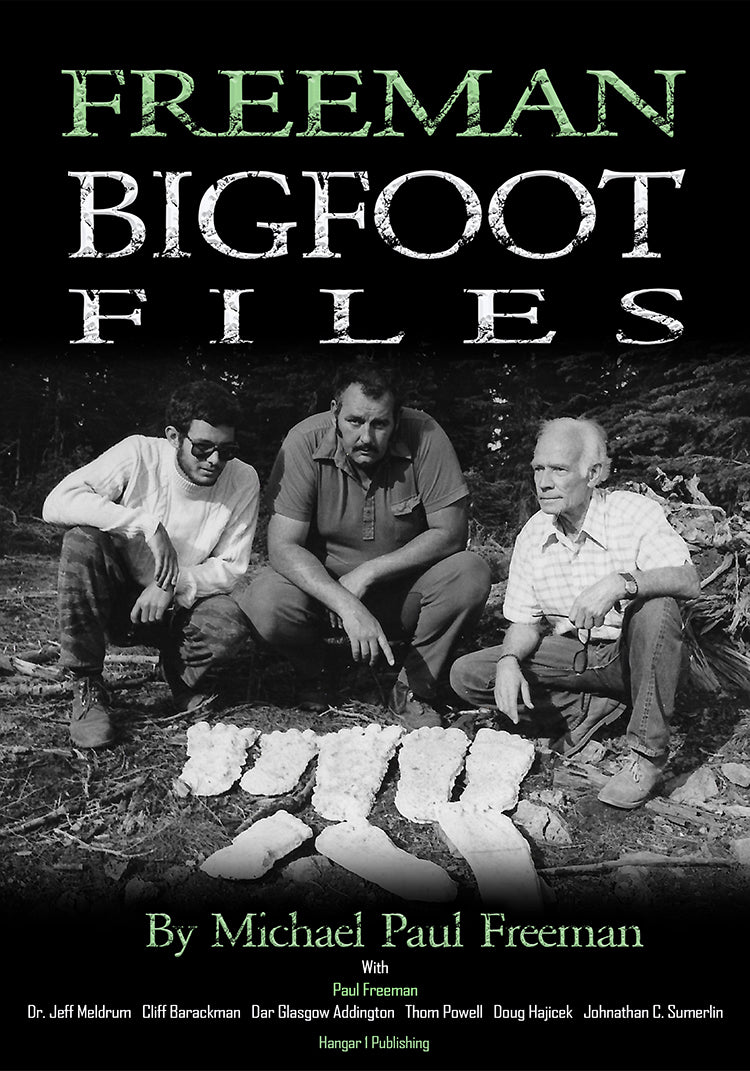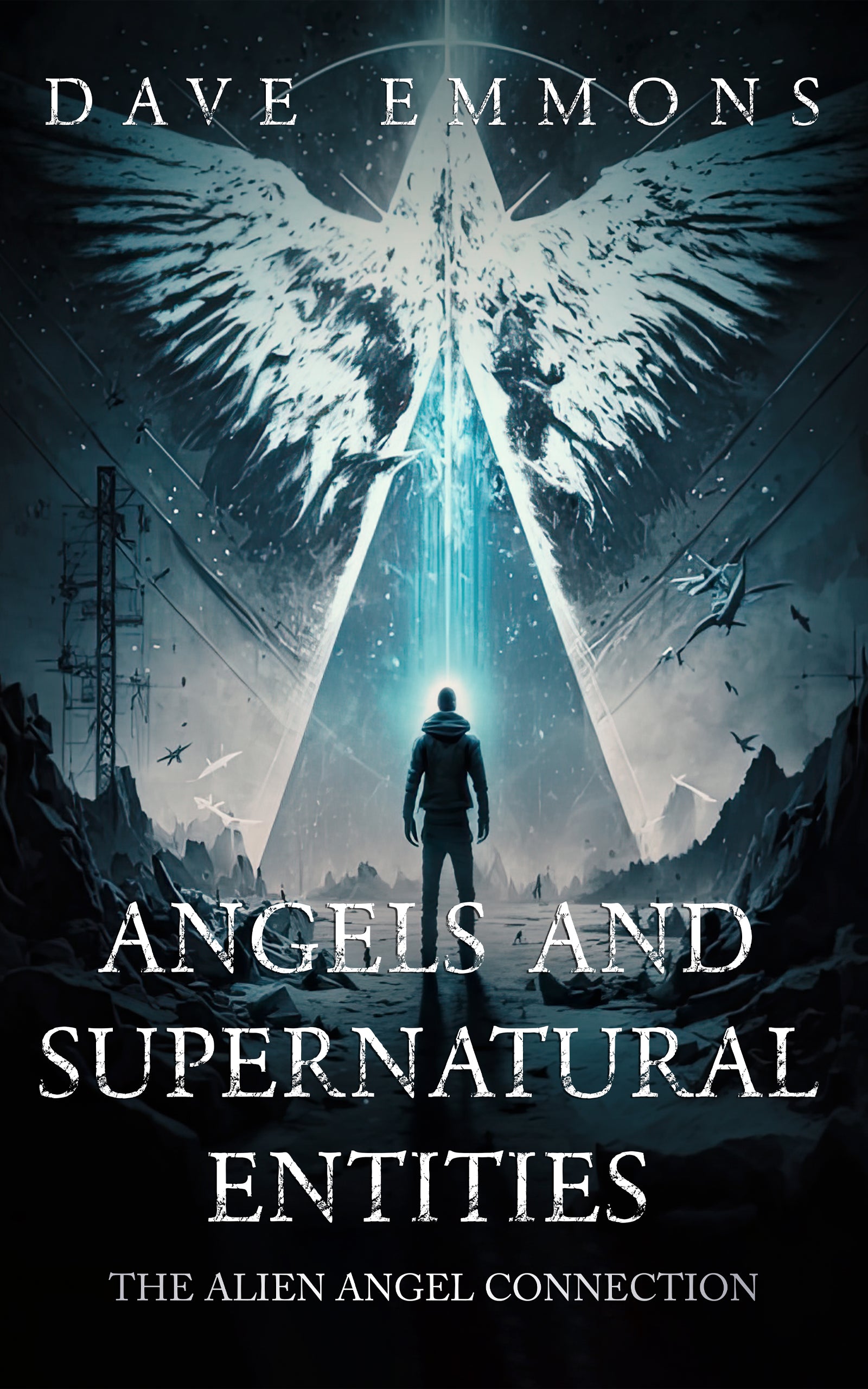UFO News Updates: The Latest Official Reports & Leaks
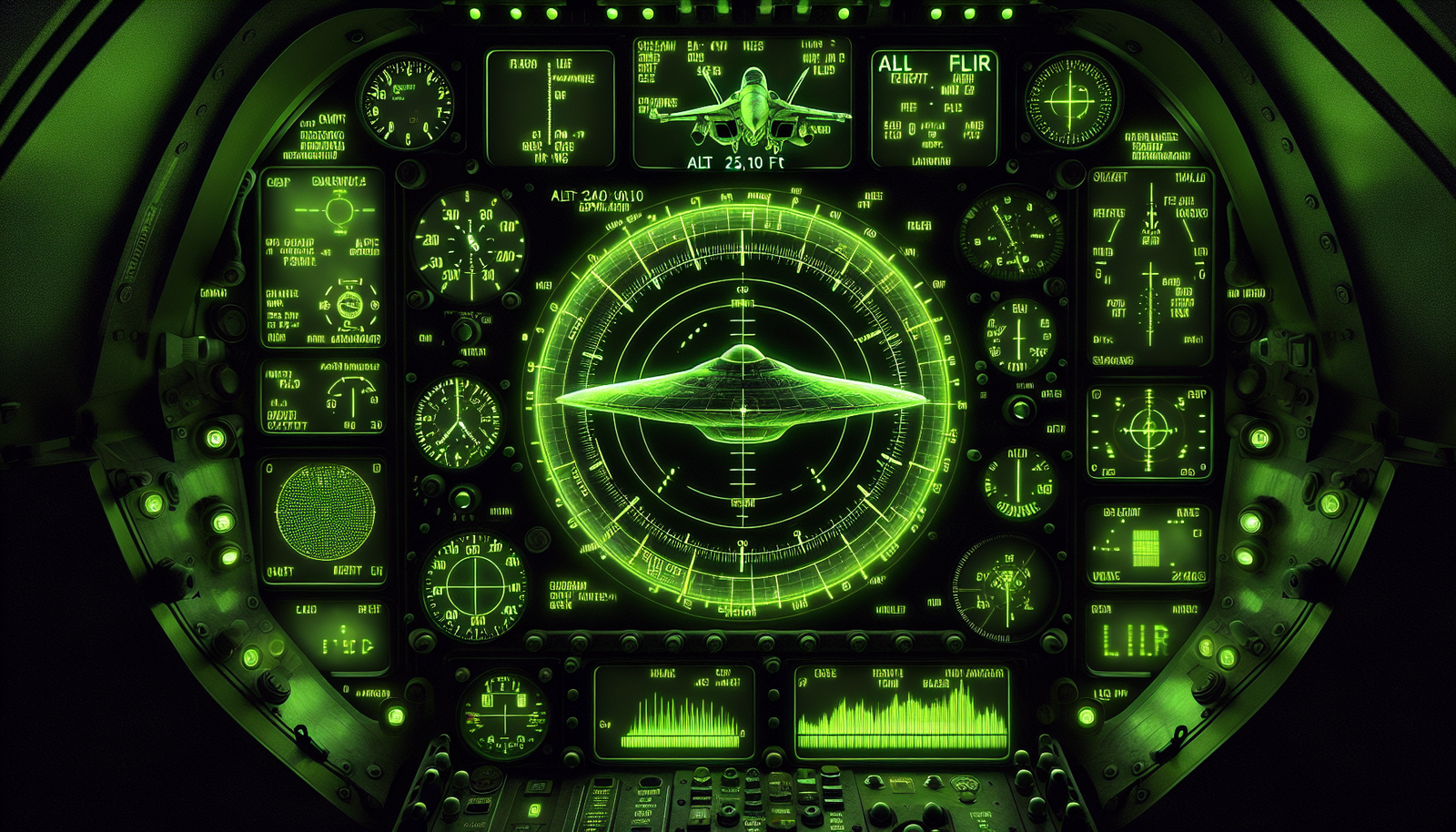
By Vanessa Torres, Ufologist
Remember that scene in Close Encounters of the Third Kind where the government officials scoff at UFO witnesses? Well, flip the script. Today, it's the Pentagon releasing UFO videos and Congress grilling whistleblowers about "non-human biologics." The fringe has become the frontline, and the conspiracy theorists? They're starting to look prophetic.
The terminology itself tells the story. What we once called UFOs-Unidentified Flying Objects-the government now labels UAPs: Unidentified Anomalous Phenomena. It's not just bureaucratic wordplay. This linguistic pivot acknowledges that these things aren't just flying anymore. They're plunging into oceans, hovering near nuclear facilities, and operating in ways that make our most advanced aircraft look like paper airplanes. The U.S. government admits they're real, documented, and increasingly impossible to ignore. Yet officially, they're not extraterrestrial. So what exactly are we dealing with?
The Official Record: When the Pentagon Can't Explain
Picture this: You're Jon Kosloski, director of the Pentagon's All-domain Anomaly Resolution Office (AARO), with degrees in physics and engineering, decades of intelligence experience, and access to the most sophisticated detection systems on Earth. You're sitting on 21 cases that make absolutely no sense. Not "we need more data" cases. Not "it's probably a weather balloon" cases. These are "I don't understand, and I don't know anybody else who understands them either" cases.
AARO, established in 2022, represents the government's most serious attempt to catalog the inexplicable. Their latest report reads like a cosmic accounting ledger: 1,652 total cases on file, with 757 new reports flooding in between May 2023 and June 2024. The surge isn't necessarily because the skies have gotten busier-it's because pilots who once stayed silent now have official channels and, crucially, protection from career-ending ridicule.
Most cases have mundane explanations. Nearly 50 were quickly identified as balloons, birds, or drones. Elon Musk's Starlink satellites have become the new swamp gas, regularly mistaken for alien armadas. Another 243 cases hover in bureaucratic purgatory, likely conventional objects awaiting final classification. And 444 reports sit archived, victims of insufficient data-the investigative equivalent of a cosmic shrug.
But those 21 cases haunt the halls of the Pentagon. Kosloski describes them with the careful language of someone who knows he's walking a tightrope between scientific credibility and public alarm: orbs, cylinders, triangles. Objects that don't just evade identification-they evade the laws of physics as we understand them. Many cluster around national security installations, as if drawn to our most sensitive secrets.
The official stance remains firm: no evidence of extraterrestrial technology, no signs of breakthrough capabilities from adversaries like China or Russia. Yet the subtext screams louder than any press release: We have objects demonstrating capabilities we can't explain, appearing where they absolutely shouldn't be, and we have no idea what they are.
NASA's Scientific Approach
NASA's entry into this arena marks a seismic shift. When Bill Nelson announced the space agency would "shift the conversation about UAP from sensationalism to science," he wasn't just lending credibility-he was acknowledging that this phenomenon deserves the same rigorous scrutiny we apply to black holes and exoplanets.
The 16-member independent study team didn't set out to solve individual cases. Instead, they asked the fundamental question that should have been asked decades ago: How do we scientifically study something that seems to violate scientific principles?
Joshua Semeter, the Boston University professor on the panel, embodies the scientific approach. He points out that most celebrated UAP videos come from infrared cameras, which see heat, not light. A bird matching the sky's temperature can vanish completely. A distant plane, viewed through a fast-moving jet's camera, can appear to perform impossible maneuvers thanks to parallax. That triangular "pyramid" UFO that set the internet ablaze? Likely just bokeh-an optical artifact created by the camera's aperture shape.
"We need better data," Semeter insists. Multiple sensors, different wavelengths, simultaneous observations from various angles. It's the difference between a ghost story and a scientific discovery. When pressed about government cover-ups, his response cuts through decades of speculation: "I have seen no evidence that the government has been hiding anything." But he adds a crucial caveat: "Whenever there is sufficient evidence, the explanation is non-extraordinary."
Yet even Semeter admits the panel examined cases that defy easy explanation. The challenge isn't just technological-it's institutional. How do you apply the scientific method to phenomena that seem allergic to it?
Congressional Action and Public Hearings
Congress, meanwhile, has abandoned its traditional skepticism. The July 2023 House Oversight Committee hearing wasn't some backroom briefing-it was a public spectacle that drew massive crowds and global attention. People lined up at 3:30 AM for seats, treating it like the "UFO Super Bowl," as one witness called it.
The bipartisan UAP Disclosure Act, championed by Senate Majority Leader Chuck Schumer, represents perhaps the most extraordinary UFO legislation ever proposed. Though the final version was gutted by House Republicans-the powerful declassification review board was stripped out-it still mandated the creation of a formal UAP records collection at the National Archives. When senators start using terms like "non-human intelligence" in official legislation-18 times, no less-you know we're not in Kansas anymore.
The Game-Changers: When Secrets Become Headlines
The modern UFO era didn't begin with a sighting-it began with a leak. In December 2017, The New York Times dropped a bombshell that rewrote the narrative. The Pentagon had been running a secret UFO investigation program called the Advanced Aerospace Threat Identification Program (AATIP). The story came with receipts: authenticated videos from Navy fighter jets showing objects that shouldn't exist.
The Nimitz Encounter
The first video changed everything. On November 14, 2004, Commander David Fravor was flying an F/A-18 Super Hornet off the USS Nimitz when radar operators directed him to investigate anomalous contacts. What he found defies conventional explanation even today. A white, oval-shaped object-roughly 40 feet long-hovering over churning water in an otherwise calm sea. No wings. No exhaust. No visible means of propulsion.
"It was aware we were there," Fravor would later testify to Congress. As he descended for a closer look, the object-now famous as the "Tic Tac"-ascended to meet him, mirroring his movements like a cosmic dance partner. Then, in an instant, it vanished. Not flew away-vanished. Seconds later, radar picked it up 60 miles away, a distance it covered faster than any known technology could achieve.
Lieutenant Chad Underwood, arriving minutes later, managed to capture it on his FLIR (Forward-Looking Infrared) camera, creating the footage that would eventually crack open decades of official denial. He coined the name "Tic Tac," partly inspired by a joke from the movie Airplane!-a detail that somehow makes the whole thing more surreal, not less.
The Roosevelt Incidents and Pentagon Confirmation
The USS Theodore Roosevelt encounters in 2015 provided equally puzzling evidence. The "GIMBAL" video shows an object rotating against hurricane-force winds, prompting pilots to exclaim with unfiltered amazement: "Look at that thing! It's fucking rotating!" The "GOFAST" video captures something skimming the ocean surface at tremendous speed, tracked by the military's most sophisticated sensors.
For three years, these videos circulated in classified circles while Luis Elizondo, who ran AATIP, grew increasingly frustrated with the Pentagon's refusal to take the issue seriously. When he resigned in October 2017, he didn't go quietly. Together with Christopher Mellon-former Deputy Assistant Secretary of Defense for Intelligence-they orchestrated one of the most significant intelligence leaks in modern history. Not to foreign adversaries, but to the American public.
The Pentagon's hand was forced. In April 2020, they officially authenticated and released the videos, confirming what everyone already knew: these objects were real, and they were unidentified. The dam burst. More footage emerged: pyramid-shaped objects filmed from the USS Russell in 2019, a spherical object plunging into the ocean without a splash from the USS Omaha, a metallic orb captured by an MQ-9 drone in the Middle East.
Each revelation chips away at the wall of official denial built over seven decades. Jeremy Corbell and George Knapp, investigative journalists who've made careers pursuing these stories, continue releasing new footage through documentaries and podcasts. Their work represents a new model of disclosure-not waiting for official channels but forcing transparency through persistent investigation and strategic leaks.
Voices from the Inside: When Whistleblowers Risk Everything
Ryan Graves: Daily Encounters
Ryan Graves knew something was wrong when his squadron started seeing them daily. Not occasionally. Not rarely. Every. Single. Day. These weren't glimpses or maybe-I-saw-something moments. These were clear, consistent observations of objects his F/A-18's upgraded radar could track but couldn't identify. Dark gray or black cubes, encased in clear spheres, hovering in restricted airspace off Virginia Beach.
"We're talking about objects that would be at 30,000 feet, going 0.8 Mach," Graves testified to Congress. "And then they would just stop. And they would be there for hours." No heat signature. No exhaust. No control surfaces. Just... there.
The near-collision changed everything for Graves. A pilot in his squadron came within feet of one of these objects-close enough to see its shape clearly, too close for comfort in an aircraft traveling hundreds of miles per hour. That's when Graves realized this wasn't just strange; it was dangerous. Lives were at risk.
David Fravor: First-Hand Testimony
David Fravor brought a different credential to the hearing: the Nimitz encounter itself. As a Top Gun graduate and squadron commander, his testimony carried weight that no skeptic could easily dismiss. "The technology that we faced was far superior than anything that we had," he stated under oath. Not might be. Not could be. Was.
David Grusch: Explosive Allegations
But David Grusch stole the show with claims that sound like science fiction yet came from a man with everything to lose. Grusch wasn't some pilot who glimpsed something strange. He was a decorated intelligence officer with the National Reconnaissance Office and National Geospatial-Intelligence Agency, holding clearances most people don't even know exist. When the UAP Task Force needed a representative from his agency, they sent him.
What Grusch found during his investigation led him to become a whistleblower. Through interviews with over 40 officials directly involved in classified programs, he uncovered what he claims is a decades-long effort to retrieve and reverse-engineer craft of "non-human origin." The programs, he alleges, operate outside Congressional oversight, hidden through a combination of overclassification and bureaucratic shell games.
When Representative Nancy Mace asked if the U.S. had retrieved bodies from these craft, Grusch's response sent shockwaves through the hearing room: "Biologics came with some of these recoveries." When pressed further, he clarified: "Non-human... that was the assessment of people with direct knowledge on the program."
The Intelligence Community Inspector General deemed Grusch's allegations "credible and urgent"-language that carries specific legal weight. This isn't someone spinning tales; this is an intelligence professional making accusations so serious that lying about them would mean federal prison.
A Clear and Present Danger: When Drones Swarm Our Defenses
The Langley Air Force Base Incidents
Forget alien spacecraft for a moment. In December 2023, something happened that should terrify anyone concerned about national security. For 17 consecutive nights, swarms of drones invaded the airspace over Langley Air Force Base in Virginia-home to America's most advanced fighter jets, the F-22 Raptors.
Jonathan Butner watched from his family's cabin across the water, initially thinking he was seeing helicopters. Then they kept coming. "Like on a conveyor belt," he described. Forty-plus objects with reddish-orange lights, flying in formation directly over one of our most sensitive military installations.
General Mark Kelly, a four-star general and veteran fighter pilot, went to the roof for a better view. What he saw defied easy categorization: objects ranging from quadcopter-sized to "the size of a small car," operating at various altitudes and speeds. Some were loud; others nearly silent. All were brazen.
National Security Implications
The response exposed a shocking vulnerability. General Glenn Van Herk, then-commander of NORAD, admitted our continental defense system-designed to track Soviet bombers and missiles-couldn't handle small, slow drones. "It's a capability gap," he stated with military understatement. We could spot a nuclear missile launched from Siberia but couldn't track a drone swarm in our own backyard.
The situation grew so serious that F-22s were relocated to protect them-imagine that, evacuating the world's most advanced fighters from their own base. The official explanation suggested hobbyists, but military leaders weren't buying it. The coordination, duration, and targeting suggested something far more sophisticated.
Similar swarms appeared across the Northeast in late 2023 and early 2024, particularly over New Jersey and New York. The sightings grew so numerous that the FAA took unprecedented action, issuing temporary flight restrictions over vast areas, including approaches to JFK and LaGuardia airports. Congressman Tim Burchett captured the frustration: "We're being tested by outside forces, and the government is failing the test."
These aren't distant lights or grainy videos. These are physical objects penetrating our most protected airspace with impunity. Whether they're Chinese surveillance platforms, Russian intelligence gathering, or something else entirely, they represent a clear and present danger that our current systems can't counter.
From Archives to Apps: The Democratization of Discovery
Historical Records and Project Blue Book
The National Archives holds 94 rolls of microfilm from Project Blue Book, documenting 12,618 UFO sightings investigated by the Air Force from 1952 to 1969. Among those cases, 701 remain officially "unidentified"-not "probably a balloon" or "likely Venus," but genuinely unexplained after military investigation.
These aren't just statistics; they're stories. Captain Thomas Mantell, chasing a UFO over Kentucky in 1948, radioing that he saw "a metallic object of tremendous size" before his plane crashed. The Washington D.C. sightings of 1952, when objects buzzed the nation's capital and appeared on multiple radar screens, prompting the largest press conference since World War II.
The archives reveal a pattern: serious observers reporting incredible things, followed by explanations that often strained credibility more than the original sightings. Birds that flew at supersonic speeds. Weather balloons that maneuvered against the wind. Temperature inversions that somehow appeared on both radar and photographic film.
Modern Technology and Citizen Science
Today's observers have tools those earlier witnesses could only dream of. The Enigma app transforms smartphones into UAP detection devices, complete with an interactive map of over 200,000 sightings. Its "Aerial Alerts" notify users of nearby reports, while the Augmented Reality "Identify Lens" helps separate satellites from something stranger. Every phone becomes a potential research station.
Michelle Reyes discovered this firsthand while flying into LaGuardia Airport in March 2024. Filming the Manhattan skyline from her window seat, she captured something that zipped past in a fraction of a second-too fast for the naked eye but frozen in her phone's memory. A dark, cylindrical object moving at incredible speed.
"The first thing I did was email the FAA," Reyes explained. No response. But when she posted the video online, another passenger from the same flight confirmed seeing it too. Subsequent analysis found no evidence of fakery. Other pilots came forward with similar sightings over LaGuardia-footballsized objects, multiple craft moving in formation, all in one of the world's busiest airspaces.
The r/UFOs subreddit has evolved from a fringe community into a serious research forum, with strict rules promoting evidence-based discussion. Posts undergo rigorous scrutiny, with members skilled in video analysis, aviation, and atmospheric phenomena offering informed perspectives. It's peer review for the paranormal age.
Enduring Questions and the Search for Truth
Competing Theories
The competing theories about UAPs reflect our deepest assumptions about reality, technology, and our place in the universe. Each explanation carries profound implications.
The official stance-that most sightings are misidentified conventional objects-offers comfort through normalcy. Balloons, birds, and bokeh don't challenge our worldview. NASA's Joshua Semeter represents this position with scientific rigor, noting how sensor artifacts and observational errors can create seemingly impossible footage. It's Occam's Razor applied to the cosmos: the simplest explanation is usually correct.
The foreign adversary theory transforms wonder into worry. If these are Chinese or Russian drones, we're witnessing the greatest intelligence coup in history-enemies surveilling our most sensitive sites with impunity. The Langley drone swarms fit this narrative perfectly. No exotic physics required, just engineering we haven't mastered yet. It's a terrestrial mystery with terrestrial solutions, albeit alarming ones.
Then there's the extraterrestrial hypothesis-the explanation that captures imaginations and terrifies bureaucrats. David Grusch's testimony about "non-human biologics" represents its most official articulation. If true, it rewrites everything: history, science, philosophy, religion. We're not alone, and they're already here.
But perhaps the most intriguing theory comes from an unexpected source. Travis Walton, whose 1975 abduction claim became one of history's most scrutinized UFO cases, offers a more nuanced view. After decades of reflection, he suggests the cover-up might be less about hiding aliens than concealing a technological cold war. "There are other powerful governments, our enemies on this planet, who have probably harvested similar technology," he theorizes. In this view, recovered craft represent the ultimate strategic asset-too valuable to acknowledge, too dangerous to exploit openly.
The Search Continues
Each theory opens different questions. If they're ours, why the secrecy? If they're foreign, why no response? If they're alien, why the ambiguous contact? If it's recovered technology, who else has it?
The evidence refuses to fit neatly into any single box. Military sensors detect objects performing impossible maneuvers. Credible witnesses testify under oath about non-human technology. Drone swarms demonstrate our vulnerability. Scientists find cases they can't explain. Politicians draft legislation about "non-human intelligence." The pieces form a puzzle, but the picture remains frustratingly incomplete.
What we're witnessing isn't disclosure-it's the death of denial. The conversation has shifted from "Do they exist?" to "What are they?" That's progress, even if the answer remains maddeningly out of reach. Every revelation opens new questions. Every answer suggests deeper mysteries.
The search continues across multiple fronts: AARO analyzing military encounters, NASA developing detection protocols, Congress demanding transparency, citizens documenting sightings, and journalists forcing leaks into daylight. It's a distributed investigation of the biggest question humanity faces: Are we alone?
The evidence suggests we're not. What that means-for science, security, society, and our species-remains an open question. But one thing's certain: the truth, whatever it is, won't stay hidden forever. Too many people are looking up now. Too many sensors are recording. Too many insiders are talking.
The next chapter in this cosmic mystery is being written right now, in classified briefings and public hearings, in Navy cockpits and civilian smartphones, in Pentagon offices and NASA laboratories. Stay tuned. The universe, it seems, has more to tell us.
From Bigfoot to UFOs: Hangar 1 Publishing Has You Covered!
Explore Untold Stories: Venture into the world of UFOs, cryptids, Bigfoot, and beyond. Every story is a journey into the extraordinary.
Immersive Book Technology: Experience real videos, sights, and sounds within our books. Its not just reading; its an adventure.








